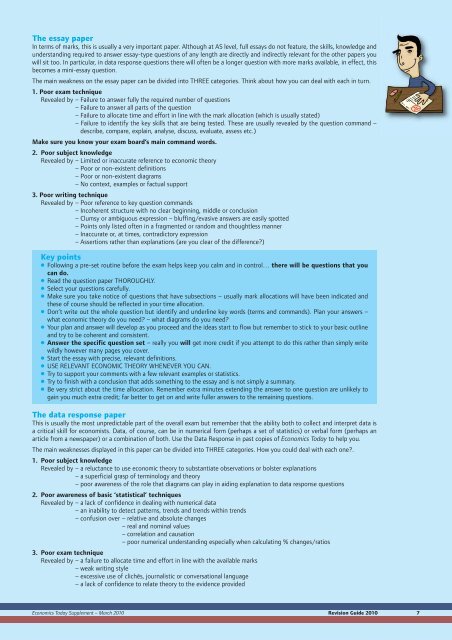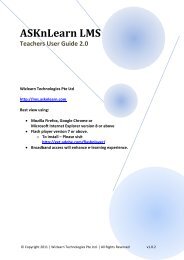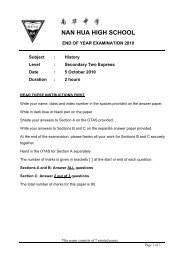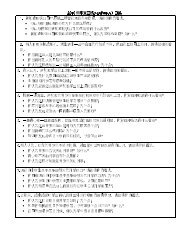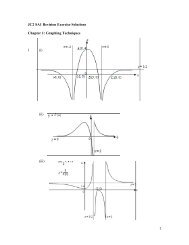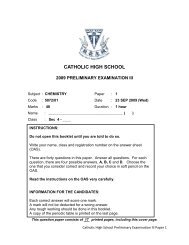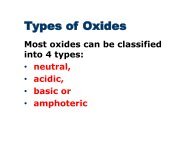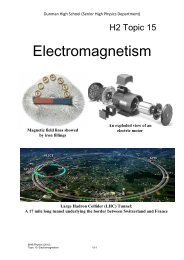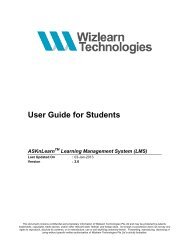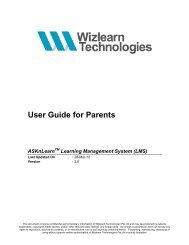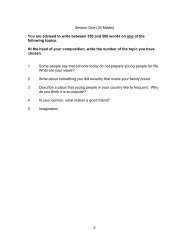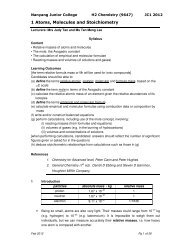Eco Today - Mar10:ET Master Page 2007 - ASKnLearn
Eco Today - Mar10:ET Master Page 2007 - ASKnLearn
Eco Today - Mar10:ET Master Page 2007 - ASKnLearn
You also want an ePaper? Increase the reach of your titles
YUMPU automatically turns print PDFs into web optimized ePapers that Google loves.
The essay paper<br />
In terms of marks, this is usually a very important paper. Although at AS level, full essays do not feature, the skills, knowledge and<br />
understanding required to answer essay-type questions of any length are directly and indirectly relevant for the other papers you<br />
will sit too. In particular, in data response questions there will often be a longer question with more marks available, in effect, this<br />
becomes a mini-essay question.<br />
The main weakness on the essay paper can be divided into THREE categories. Think about how you can deal with each in turn.<br />
1. Poor exam technique<br />
Revealed by – Failure to answer fully the required number of questions<br />
– Failure to answer all parts of the question<br />
– Failure to allocate time and effort in line with the mark allocation (which is usually stated)<br />
– Failure to identify the key skills that are being tested. These are usually revealed by the question command –<br />
describe, compare, explain, analyse, discuss, evaluate, assess etc.)<br />
Make sure you know your exam board’s main command words.<br />
2. Poor subject knowledge<br />
Revealed by – Limited or inaccurate reference to economic theory<br />
– Poor or non-existent definitions<br />
– Poor or non-existent diagrams<br />
– No context, examples or factual support<br />
3. Poor writing technique<br />
Revealed by – Poor reference to key question commands<br />
– Incoherent structure with no clear beginning, middle or conclusion<br />
– Clumsy or ambiguous expression – bluffing/evasive answers are easily spotted<br />
– Points only listed often in a fragmented or random and thoughtless manner<br />
– Inaccurate or, at times, contradictory expression<br />
– Assertions rather than explanations (are you clear of the difference?)<br />
Key points<br />
● Following a pre-set routine before the exam helps keep you calm and in control… there will be questions that you<br />
can do.<br />
● Read the question paper THOROUGHLY.<br />
● Select your questions carefully.<br />
● Make sure you take notice of questions that have subsections – usually mark allocations will have been indicated and<br />
these of course should be reflected in your time allocation.<br />
● Don’t write out the whole question but identify and underline key words (terms and commands). Plan your answers –<br />
what economic theory do you need? – what diagrams do you need?<br />
● Your plan and answer will develop as you proceed and the ideas start to flow but remember to stick to your basic outline<br />
and try to be coherent and consistent.<br />
● Answer the specific question set – really you will get more credit if you attempt to do this rather than simply write<br />
wildly however many pages you cover.<br />
● Start the essay with precise, relevant definitions.<br />
● USE RELEVANT ECONOMIC THEORY WHENEVER YOU CAN.<br />
● Try to support your comments with a few relevant examples or statistics.<br />
● Try to finish with a conclusion that adds something to the essay and is not simply a summary.<br />
● Be very strict about the time allocation. Remember extra minutes extending the answer to one question are unlikely to<br />
gain you much extra credit; far better to get on and write fuller answers to the remaining questions.<br />
The data response paper<br />
This is usually the most unpredictable part of the overall exam but remember that the ability both to collect and interpret data is<br />
a critical skill for economists. Data, of course, can be in numerical form (perhaps a set of statistics) or verbal form (perhaps an<br />
article from a newspaper) or a combination of both. Use the Data Response in past copies of <strong>Eco</strong>nomics <strong>Today</strong> to help you.<br />
The main weaknesses displayed in this paper can be divided into THREE categories. How you could deal with each one?.<br />
1. Poor subject knowledge<br />
Revealed by – a reluctance to use economic theory to substantiate observations or bolster explanations<br />
– a superficial grasp of terminology and theory<br />
– poor awareness of the role that diagrams can play in aiding explanation to data response questions<br />
2. Poor awareness of basic ‘statistical’ techniques<br />
Revealed by – a lack of confidence in dealing with numerical data<br />
– an inability to detect patterns, trends and trends within trends<br />
– confusion over – relative and absolute changes<br />
– real and nominal values<br />
– correlation and causation<br />
– poor numerical understanding especially when calculating % changes/ratios<br />
3. Poor exam technique<br />
Revealed by – a failure to allocate time and effort in line with the available marks<br />
– weak writing style<br />
– excessive use of clichés, journalistic or conversational language<br />
– a lack of confidence to relate theory to the evidence provided<br />
<strong>Eco</strong>nomics <strong>Today</strong> Supplement – March 2010 Revision Guide 2010 7


